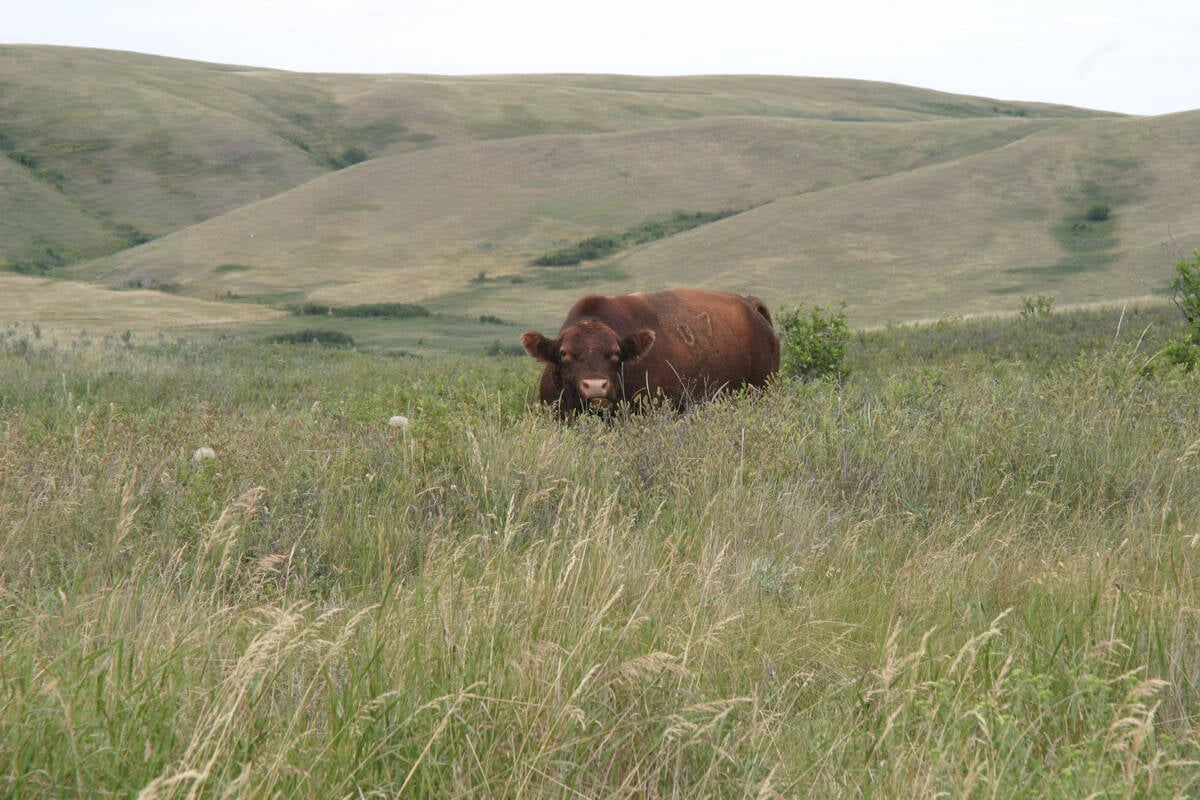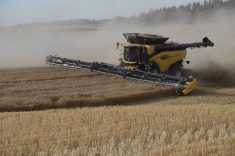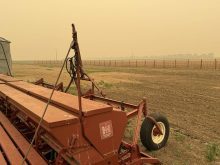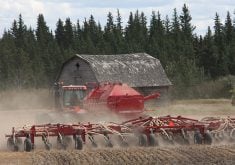Prairie farmers are poised to harvest a record volume of peas, lentils and canaryseed, says Statistics Canada.
In its September production estimate released on Oct. 6, the agency forecast a 3.3 million tonne pea crop, up 57 percent from last year’s drought-reduced harvest.
Estimates for the other two crops were limited to Saskatchewan, where 89 percent of the country’s canaryseed and 98 percent of its lentils were grown in 2003.
Canaryseed output in that province is expected to rise 30 percent in 2004 to 272,200 tonnes, while lentil production will soar 79 percent to 929,900 tonnes.
Read Also

Saskatchewan puts crown land auction on hold
Auctions of Saskatchewan crown lease land are once again on hold.
Saskatchewan Agriculture special crops specialist Ray McVicar said there’s no doubt production records will be toppled in 2004.
“It looks like we’re going to have big volumes. Unfortunately we don’t have a record year in quality. That is not going to be the case.”
Questionable crop quality is a mounting concern for pea and lentil exporters.
“The cleaning plants will have a busy year trying to move up a grade or two,” said McVicar.
Colour sorters that sat idle in 2003 will be fully used this winter. Lentils seeded prior to the snow and rainfall in mid-May are grading No. 2 or better, while the late-seeded crops are falling between No. 3 and feed.
Samples from crops hit by the Aug. 20 frost are also turning out poorly, with the exception of red lentils, which appear to be holding up better.
On the other hand, crops grown in the southwestern portion of the province, where there was no frost, are in fantastic shape.
“We’ll be able to fill every market with every price,” said McVicar.
Daryl Souster, a commodity broker with CGF Brokerage and Consulting, estimated 30 percent of the lentil crop will grade No. 2 or better.
Demand appears to be backing off on good quality large greens, with exporters actively seeking No. 3 and extra-3 crops instead, offering bids as low as eight cents per pound for Eston lentils.
By contrast, top quality small green lentils are fetching 24 cents a lb. due to a shortage of supply.
“They are the best priced lentil right now,” said Souster.
It appears there will be lots of edible peas for non-fussy buyers like India with plenty of low quality product in the countryside. Frozen peas and other rejects will find their way into hog rations.
“The feed market is really saturated right now and prices are taking a kicking,” said Souster.
It’s a similar story for mustard and canaryseed. With record production and a sizable carryover, the total supply of canaryseed could reach 360,000 tonnes, which will drive prices well below the long-term average of $0.1670 per lb. delivered at plant.
“That’s more than enough to keep the crop 10 cents-ish for the rest of the year,” said Souster.
Farmers also have a lot of yellow mustard in their bins and signed contracts for brown and oriental varieties in their desk drawers. When combined with the third biggest crop on record, those factors will put a damper on the open market demand for mustard.
“It will take a long time to chew through those (supplies and contracts),” said Souster.
McVicar said the production and price graphs of those two crops are cyclical and farmers have entered the high-volume, low-value stage of a cycle that could last a few years.
But there is a bright side for special crops. With plenty of crop available across the quality spectrum, Canada should be able to re-establish trade relationships with some long-lost markets after three years of drought.

















